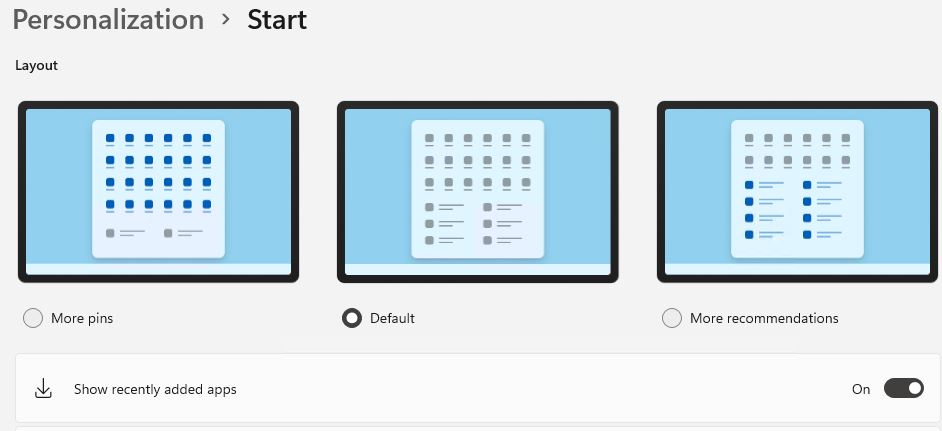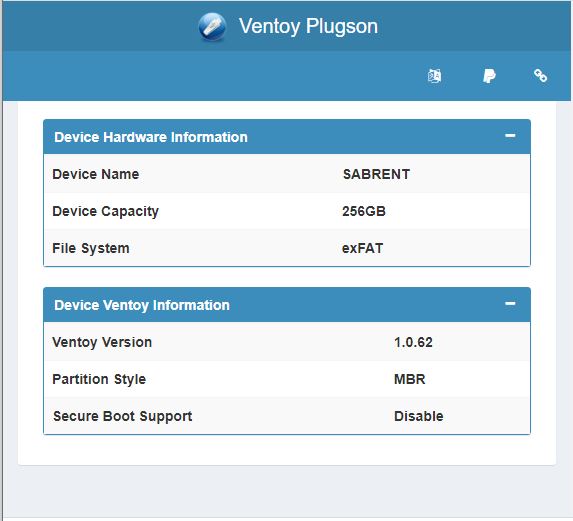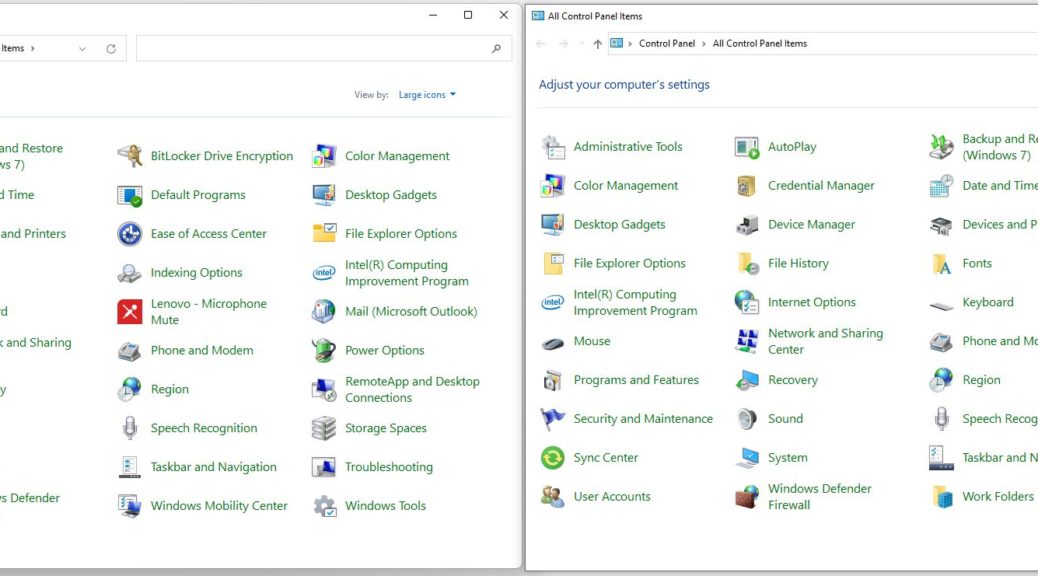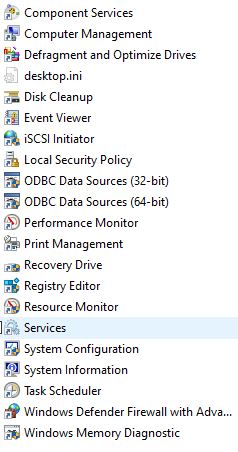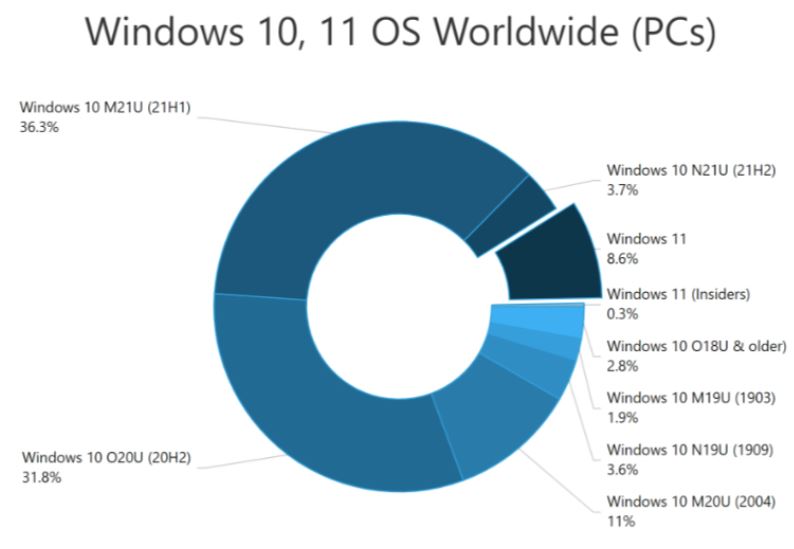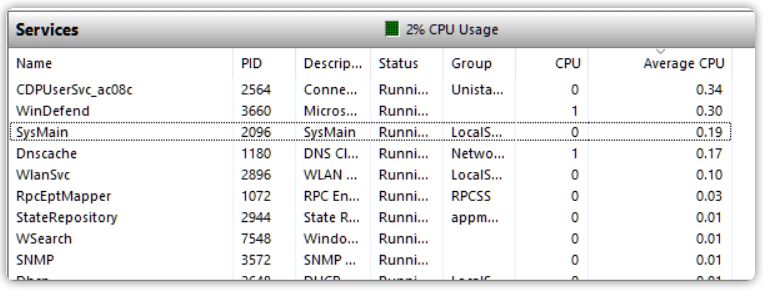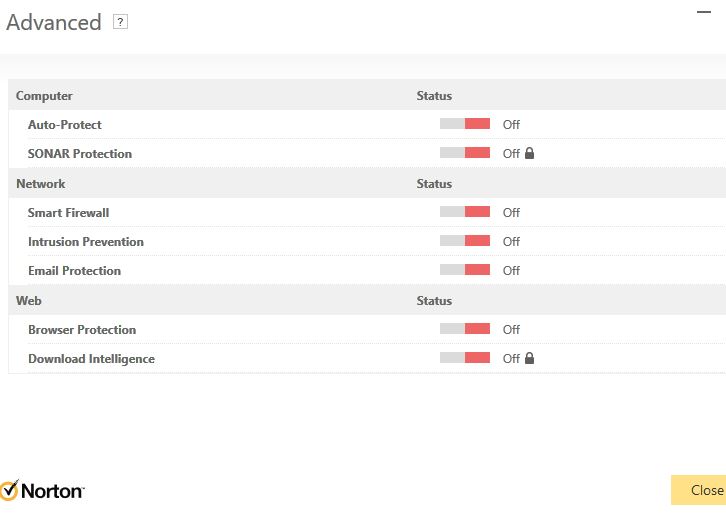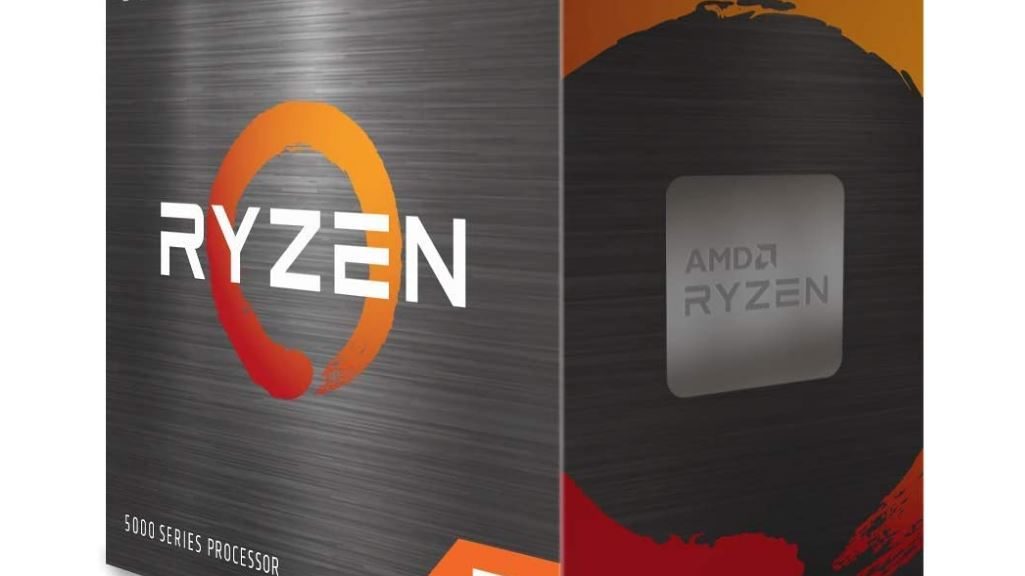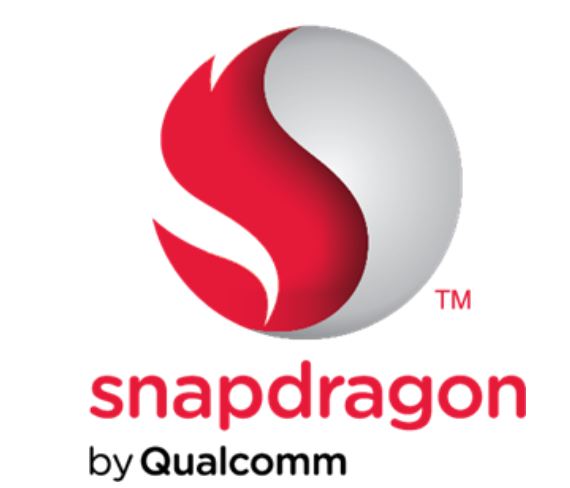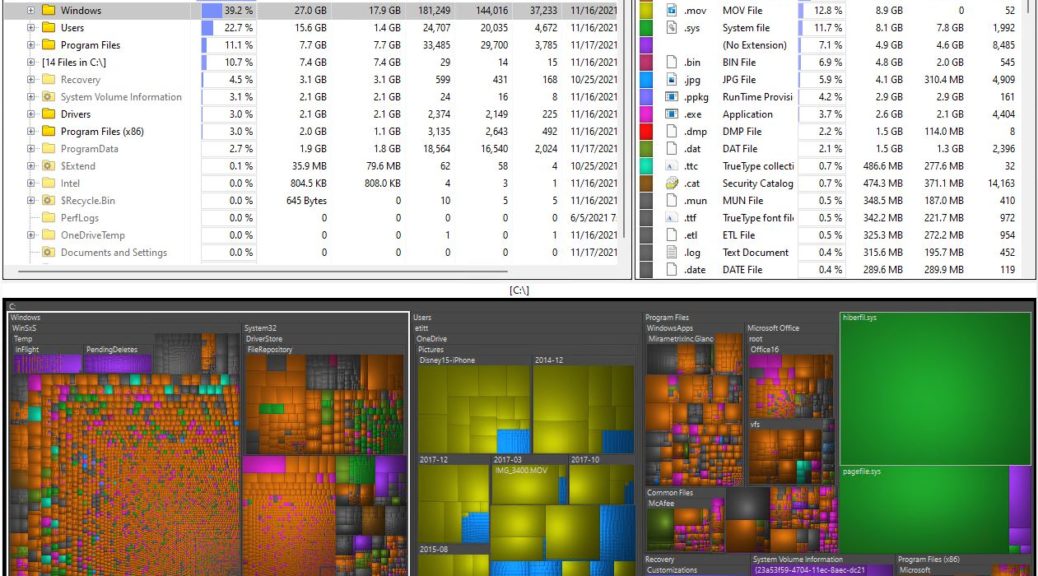I read about this the other day, but couldn’t find my way to it. Now, thanks to Taras Buria at WinAero, I can see (and say) what’s up. Initially, I’d misread descriptions. Based on too, too much prior experience I assumed this was a gradual feature rollout, and my PC hadn’t made the cut. Wrong! Windows 11 22509 gets new Start control across the board — easily accessed, in fact.
Windows 11 22509 Gets New Start Control: How-To
Click Start → Settings → Personalization → Start and it shows up on top of the page, under the Layout heading. Just like in the lead-in graphic for this story. Here’s what the radio buttons mean:
- More pins: provides more slots in which to pin apps on the Start menu.
- Default: provides a mix of recently-accessed files, plus recommendations from the OS.
- More recommendations: allocates more slots for Windows-supplied items in the Start menu.
Recommendations have apparently not proved very popular with Windows users. The WinAero story put the change in these terms: “To show that Microsoft listens to users’ feedback, Windows developers introduced a new option that allows you to show more icons on the Start menu in Windows 11.”
Start Menu Remains a Hot-Button Topic
Certainly, it’s nice to see MS providing some added Start menu options. This Windows cockpit remains a source of passionate opinions and reactions. I’m just glad that 7 years of Windows 10 use has equipped me to deal with the Windows 11 Start menu without feeling forced to use a third-party tool like whatever Classic Shell is called nowadays, or something else like Start11.
In general, providing more and better Start menu customization seems like a good direction for MS to take. Here’s hoping this first bit of tweak support directly from the OS is neither an anomaly nor the last of its kind to show up for a while. Fingers crossed!
